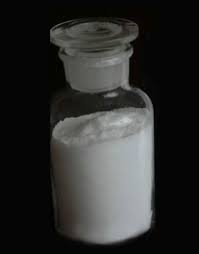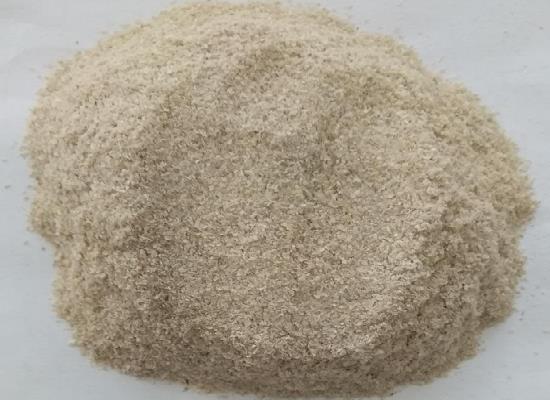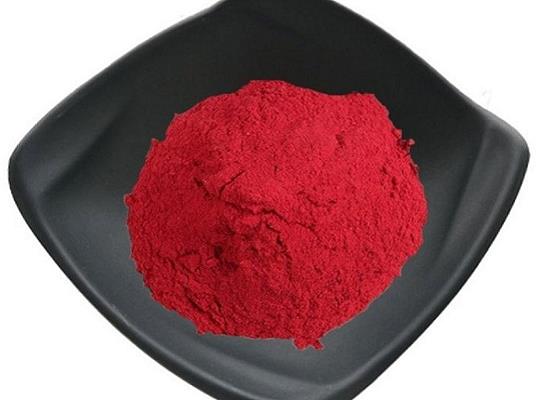Calcium thioglycolate: applications and safety
General Description
Calcium thioglycolate has diverse applications, including environmental remediation and cosmetics. In environmental remediation, it has been utilized to effectively remove heavy metals from water bodies through modified biochar, demonstrating exceptional adsorption performance. This showcases its potential as a cost-effective and efficient heavy-metal adsorbent for polluted water. In the cosmetics industry, calcium thioglycolate is commonly used in depilatory creams and lotions for hair removal, offering a convenient and effective method for achieving smooth, hair-free skin. However, its safety must be carefully managed due to potential skin irritation and respiratory issues. Responsible handling, clear communication of risks, and adherence to regulatory standards are crucial for ensuring its safe usage.
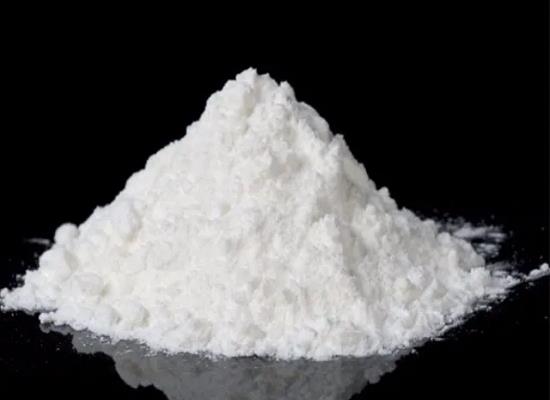
Figure 1. Calcium thioglycolate
Applications
Environmental remediation
Calcium thioglycolate has found significant applications in environmental remediation, particularly in the removal of heavy metals from water bodies. In a recent study, rice straw biochar (RBC) modified with calcium thioglycolate was employed to effectively eliminate Pb(II) and Cd(II) from aqueous solutions. The modified biochar exhibited exceptional adsorption performance, as evidenced by various analyses. The modification process led to the loading of sulfur-containing functional groups, calcium carbonate, and calcium oxalate crystals onto the biochar surface. This significantly enhanced its complexation performance and ion-exchange capacity. The equilibrium adsorption amounts for Pb(II) and Cd(II) reached 124.92 and 65.44 mg g-1, respectively, in unary systems, and 121.34 and 39.43 mg g-1, respectively, in a binary Pb(II) and Cd(II) system. The optimal adsorption conditions were determined to be pH = 6, temperature = 25 °C, dosage = 0.8 g L-1, and contact time = 2 h. Furthermore, the adsorption mechanism, dominated by chemisorption, primarily involved complexation, precipitation, ion exchange, and cation-π interactions. Notably, the modified biochar exhibited remarkable recycling performance, underscoring its potential as a cost-effective and efficient heavy-metal adsorbent for polluted water. This application demonstrates the versatility and promise of calcium thioglycolate in addressing pressing environmental challenges. 1
Cosmetics
Calcium thioglycolate is a chemical compound commonly used in the cosmetics industry due to its unique properties. As a powerful hair removal agent, it is widely employed in depilatory creams and lotions. The compound works by breaking down the disulfide bonds in the keratin proteins of hair, which weakens the hair shaft and allows for easy removal when wiped or washed off. This depilatory action makes calcium thioglycolate an essential ingredient in many hair removal products, providing consumers with a convenient and effective method for achieving smooth, hair-free skin. In addition to its hair removal function, calcium thioglycolate also serves as a stabilizer and pH adjuster in various cosmetic formulations. Its ability to regulate pH levels contributes to the overall stability and safety of cosmetic products, ensuring that they remain effective and gentle on the skin. Overall, the versatile nature of calcium thioglycolate makes it a valuable component in the formulation of depilatory products and contributes significantly to the functionality and appeal of various cosmetics. 2
Safety
Calcium thioglycolate is a chemical compound commonly used in cosmetic products, particularly in hair removal creams. When considering its safety, several factors need to be taken into account. Firstly, it's essential to recognize that calcium thioglycolate can cause skin irritation and allergies in some individuals. Thus, it's crucial for manufacturers to adhere to strict guidelines regarding its concentration in products and to provide clear labeling to inform consumers of potential risks. Furthermore, inhalation of calcium thioglycolate dust or vapors should be avoided, as it may lead to respiratory irritation. Adequate ventilation and personal protective equipment are necessary when handling this substance in its raw form. Additionally, the disposal of products containing calcium thioglycolate should be managed carefully to prevent environmental contamination. Overall, while calcium thioglycolate has proven effective in hair removal products, its safety hinges on responsible handling, clear communication of potential risks, and adherence to regulatory standards throughout the manufacturing and usage process. 3
Reference
1. Li S, Luo C, Yan F, Yang Y, Guo B, Wang L, Xu S, Wu F, Ji P. Remediation of Pb(II) and Cd(II) in polluted waters with calcium thioglycolate-modified straw biochar. Environ Pollut. 2023 Dec 1;338:122638.
2. Gottschalck TE, McEwen GN Jr, eds. International Cosmetic Ingredient Dictionary and Handbook. 11th ed. Washington, DC: CTFA; 2006.
3. Burnett CL, Bergfeld WF, Belsito DV, Klaassen CD, Marks JG Jr, Shank RC, Slaga TJ, Snyder PW; Cosmetic Ingredient Review Expert Panel; Andersen FA. Final amended report on the safety assessment of Ammonium Thioglycolate, Butyl Thioglycolate, Calcium Thioglycolate, Ethanolamine Thioglycolate, Ethyl Thioglycolate, Glyceryl Thioglycolate, Isooctyl Thioglycolate, Isopropyl Thioglycolate, Magnesium Thioglycolate, Methyl Thioglycolate, Potassium Thioglycolate, Sodium Thioglycolate, and Thioglycolic Acid. Int J Toxicol. 2009 Jul-Aug;28(4 Suppl):68-133.
);You may like
Related articles And Qustion
See also
Lastest Price from Calcium thioglycolate manufacturers

US $0.00/Kg/Drum2024-04-30
- CAS:
- 814-71-1
- Min. Order:
- 1KG
- Purity:
- 99%
- Supply Ability:
- 500mt/year
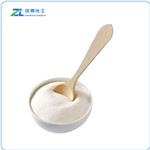
US $120.00/kg2024-04-28
- CAS:
- 814-71-1
- Min. Order:
- 1kg
- Purity:
- 99%
- Supply Ability:
- 20ton

